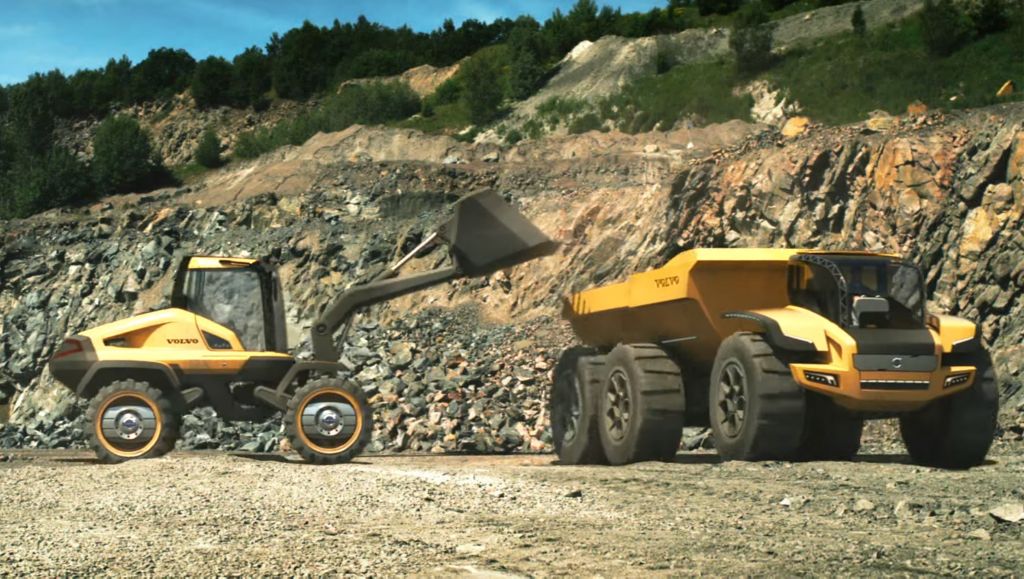Autonomous machines - keeping humans out of danger


To fully replace the operator and introduce construction equipment that does not require an operator onboard is probably some years ahead of us. Still, the near future will include a lot more machine autonomy. Volvo CE has for example devised a wheel loader and excavator that can handle simple digging and loading tasks without an operator onboard. The software architecture cannot yet cope with a dynamically changing situation – but the progress made has been exciting. The technology may be decades away from production, but has the potential to drastically reduce the cost of machine usage. It may also have advantages in hazardous environments.
The next stage of this specific project will be to improve the behaviour-based control network to allow complex tasks to be carried out in a permanently changing environment. The hope is that this will eventually lead to an autonomous machine that can reach the equivalent of 70 per cent of a skilled operator’s productivity levels.
An undoubted advantage of increased machine intelligence is the ability to introduce active safety. Volvo has set itself the target of reducing accidents relating to its equipment to zero – and future technology will play a major part in achieving this ambition.
Humans out of danger
Systems that detect obstacles and humans in the vicinity of the machine are under development, as well as others that warn if a machine finds itself in a hazardous situation (e.g. about to tip over).
Less stress
By monitoring operators’ vital functions, designers can make smart machines that are aware of the operator’s workload. These machines can adapt themselves to be simpler to operate, produce less stress and require less effort – thereby reducing fatigue and allowing operators to concentrate their energies on the job at hand.
More holistic approach
The cabs of the future will be more advanced, and information will be presented in heads-up displays and other innovative approaches. The operator will probably act more as a supervisor than a driver, and thinking of operators as part of the system will put more focus on operability, operator support and autonomous functions.
Machine to machine communication
In the longer term, machine-to-machine (M2M) communication will develop, where machines ‘talk’ to one another and to a central control point. This technology will not only help avoid collisions but also facilitate an efficient flow of equipment. (For example, a paver could inform an asphalt truck not to come too close if it is about to change direction.)